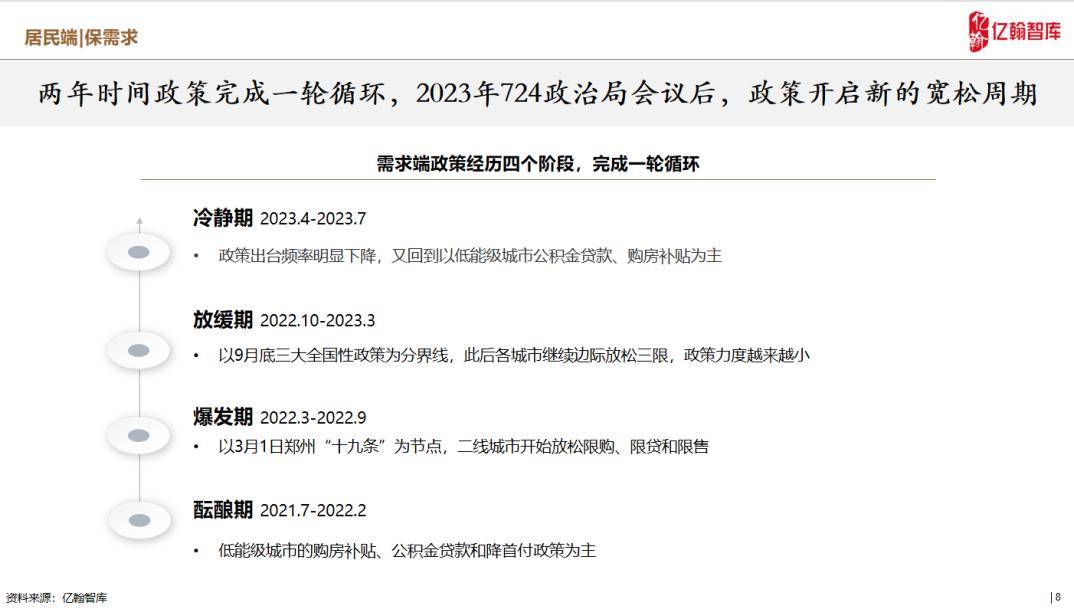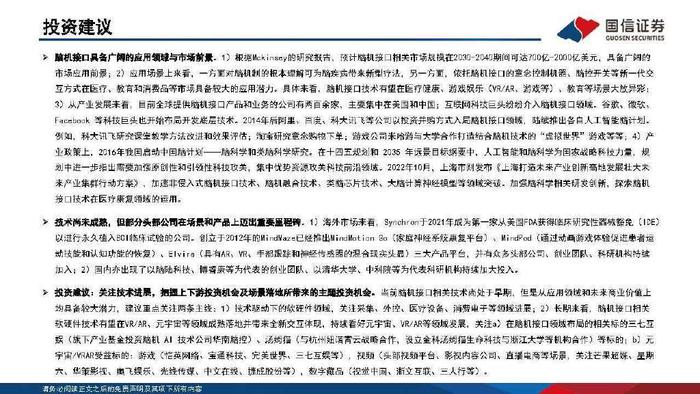Introduction
Welcome to the insightful exploration of free resources available for New Zealand and Australia from a qualitative analysis and evaluation perspective. This comprehensive analysis delves deep into the content creation version 4.95, aimed at amplifying the benefits and understanding of these invaluable resources. The objective is to shed light on the plethora of materials available for both academic and professional use, while assessing their credibility, relevance, and usability.
Assessment Criteria
Relevance: We start our analysis by assessing the relevance of the free resources available to users from Australia and New Zealand. The focus is on determining how well the content aligns with the specific needs of individuals within these regions. This includes evaluating topics like local laws, culture, and economic trends that are unique to the region.
Credibility: A crucial aspect of our assessment is the credibility of the sources providing these resources. We will look at aspects like the reputation of the source, the quality of the material, and whether the authors are recognized experts within their fields.
Usability: Next, the usability of these free resources is critical. This involves analyzing the ease of access, understandability of the content, and overall user experience when engaging with these resources.
Relevance Analysis
The relevance analysis is broken down into several key areas, including:
Educational Resources: The availability of educational materials that cater to the curriculum and skill development specific to Australian and New Zealand students.
Professional Development: The prevalence of resources aimed at professionals seeking to upskill or gain knowledge relevant to their industry in these countries.
Cultural Insights: The representation of resources that reflect the cultural heritage and societal aspects of life in New Zealand and Australia.
Credibility Check
The credibility check involves scrutinizing:
Authorship: Who are the authors behind the resources, and do they hold a recognized position in their respective fields?
Source Authority: Is the source of the information a reputable organization, educational institution, or a known authority?
Peer Review: Are the resources peer-reviewed to ensure accuracy and adherence to established standards?
Usability Factors
The usability factors assessed in our analysis include:
Accessibility: How easily can users access these resources? Are they readily available online without the need for extensive personal information?
User Interface: Is the interface intuitive, making it simple for users to navigate through the resources?
Adaptability: Do the resources adapt well to different learning styles and accessibility needs, such as providing text, audio, or visual content?
Conclusion and Recommendations
Based on the comprehensive qualitative analysis and evaluation, we will provide a conclusive summary highlighting the best and most relevant free resources for users in New Zealand and Australia. Additionally, we will offer practical recommendations on how to effectively utilize these resources and understand their potential contribution to personal and professional growth.
This in-depth review serves as a guide for those looking to leverage free materials from these regions to enhance their knowledge, skills, and productivity. As content creators update their offerings, it is crucial to assess these resources to ensure they remain relevant, credible, and user-friendly.
Stay informed and empowered as you navigate the wealth of information available from New Zealand and Australia with the insights gained from version 4.95 of our qualitative analysis and evaluation.











还没有评论,来说两句吧...